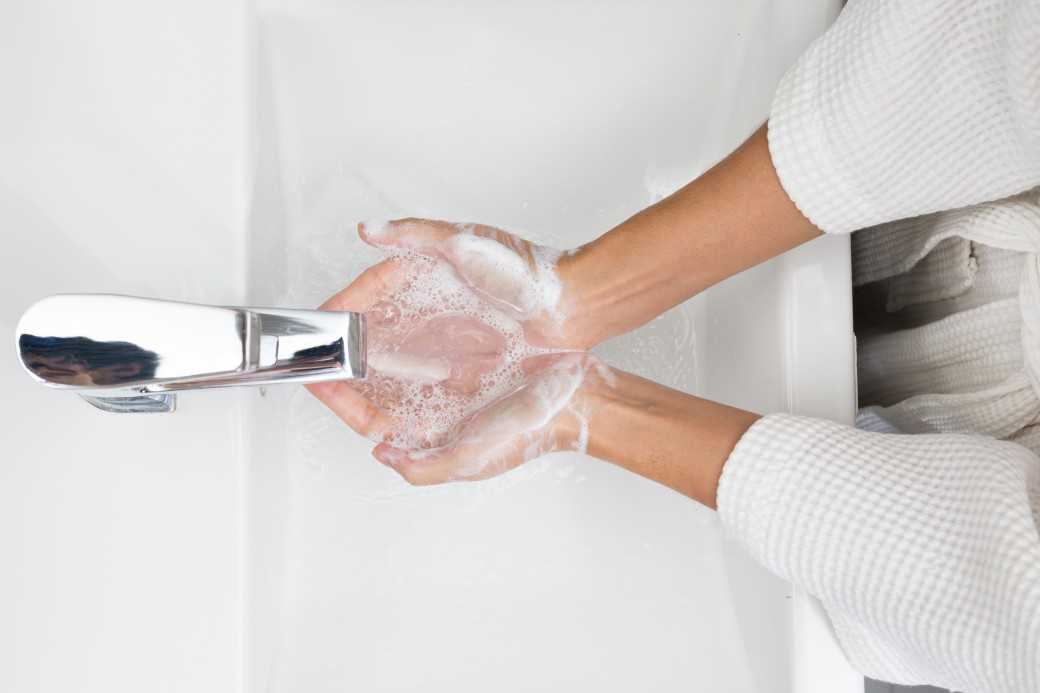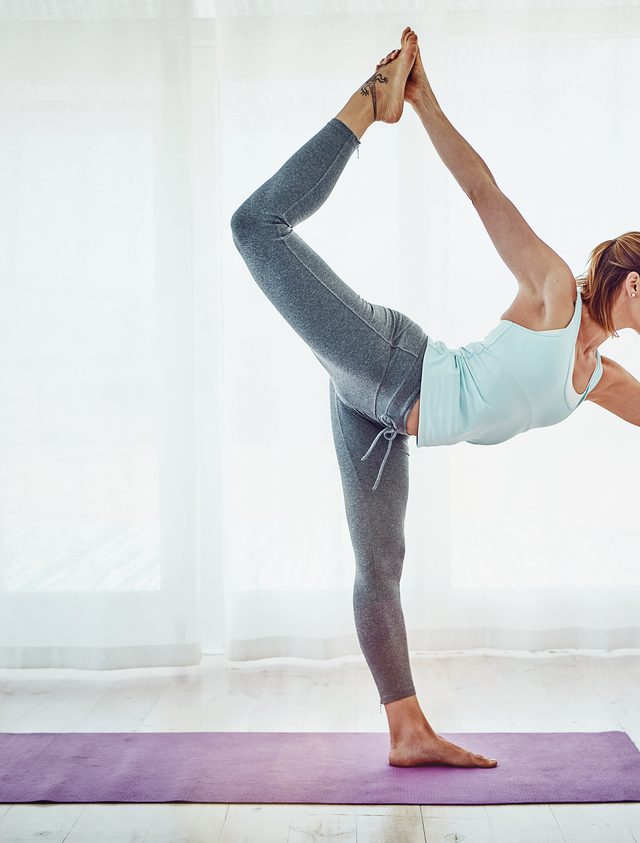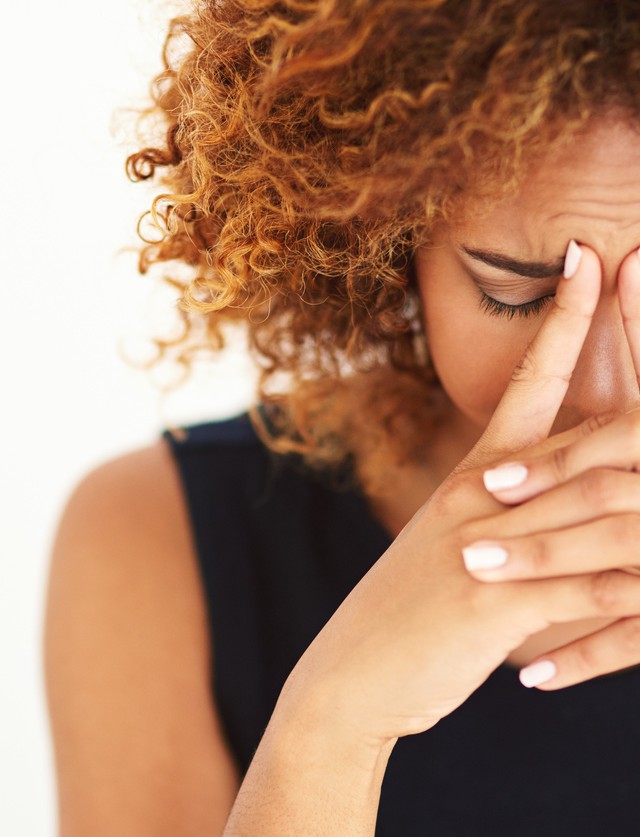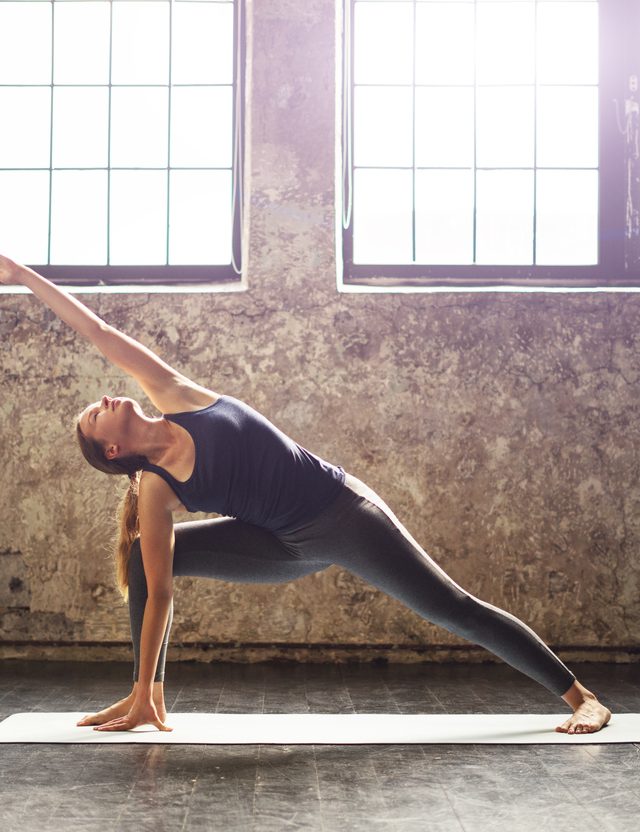You may have read it on your go-to beauty blog: the FDA has recently banned the sale of all antibacterial soaps. That means, any hand soap or body wash that contains any one of 19 active ingredients, including two super-common ones: triclosan (found in about 75 per cent of antibacterial liquid soaps and body washes sold in the States), and triclocarban (found in about the same amount of bar soaps), won’t be around as they have been in a year’s time.
So how bad is antibacterial soap, really, and what should you do if you have a bunch of it in your bathroom?
Don’t stress out, but do stop using it. The 19 active ingredients were banned because “there isn’t enough science to show that over-the-counter (OTC) antibacterial soaps are better at preventing illness than washing with plain soap and water” and “the wide use over a long time has raised the question of potential negative effects on health.”
In terms of health effects specifically, studies have suggested that the chemicals “could be contributing to the global crisis of antibiotic resistance” (triclosan kills bacteria in a similar way as an antibiotic, so widespread use could contribute to the spread of antibiotic-resistant bacteria), and there’s also some evidence to suggest it might interfere with the production and activity of hormones in the body. On top of that, given that it’s no more effective than regular soap, it’s not worth the risk, according to the FDA.
Triclosan is listed as an ingredient in the following products: Noxzema Ultimate Clear Bacteria Fighting Cleanser, Dial Complete Antibacterial Foaming Hand Wash, CVS Antibacterial Gentle Cleansing bar, Colgate Total toothpaste, Dial For Men Power Scrub soap bar, Rite Aid Renewal Antibacterial Gold deodorant soap, and more.
The next time you’re stocking up on toiletries, avoid products that have an “antibacterial” claim on their label, or that contain any of these newly banned chemicals:
Cloflucarban
Fluorosalan
Hexachlorophene
Hexylresorcinol
Iodine complex (ammonium ether sulfate and polyoxyethylene sorbitan monolaurate)
Iodine complex (phosphate ester of alkylaryloxy polyethylene glycol)
Nonylphenoxypoly (ethyleneoxy) ethanoliodine
Poloxamer-iodine complex
Povidone-iodine 5 to 10 percent
Undecoylium chloride iodine complex
Methylbenzethonium chloride
Phenol (greater than 1.5 percent)
Phenol (less than 1.5 percent)
Secondary amyltricresols
Sodium oxychlorosene
Tribromsalan
Triclocarban
Triclosan
Triple dye
Like the idea of going chemical-free? Check out our 16 ways to green your beauty routine now.










